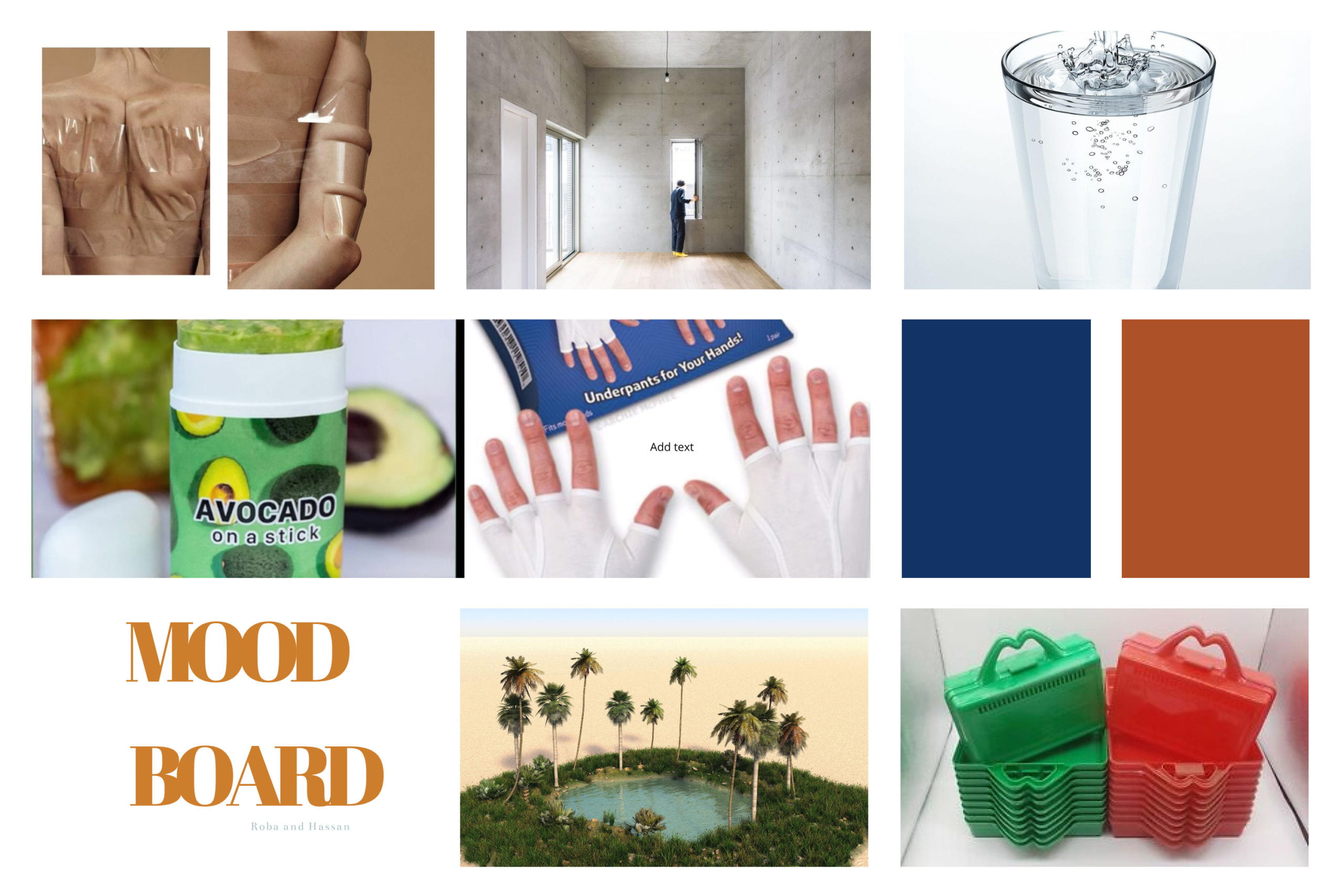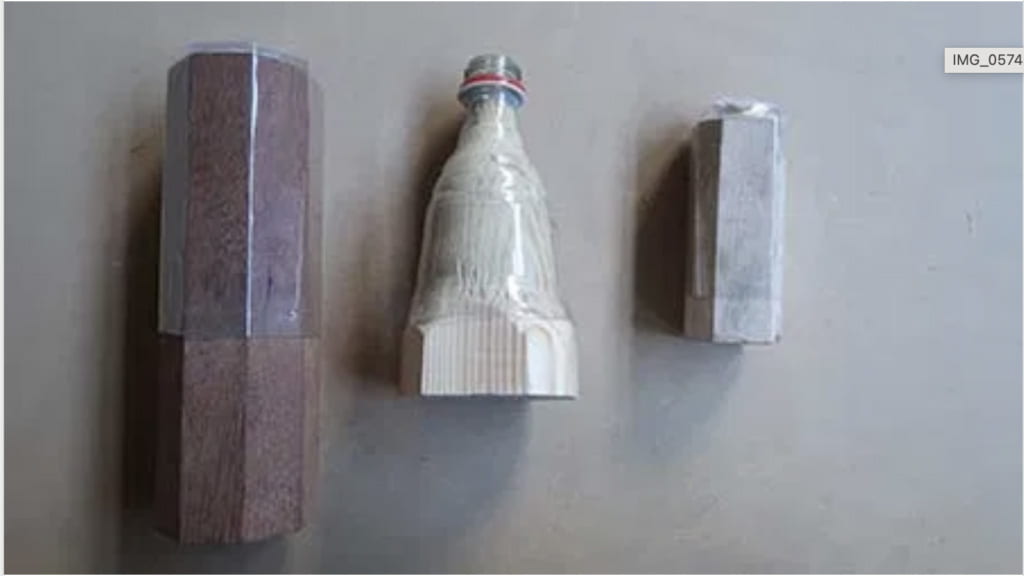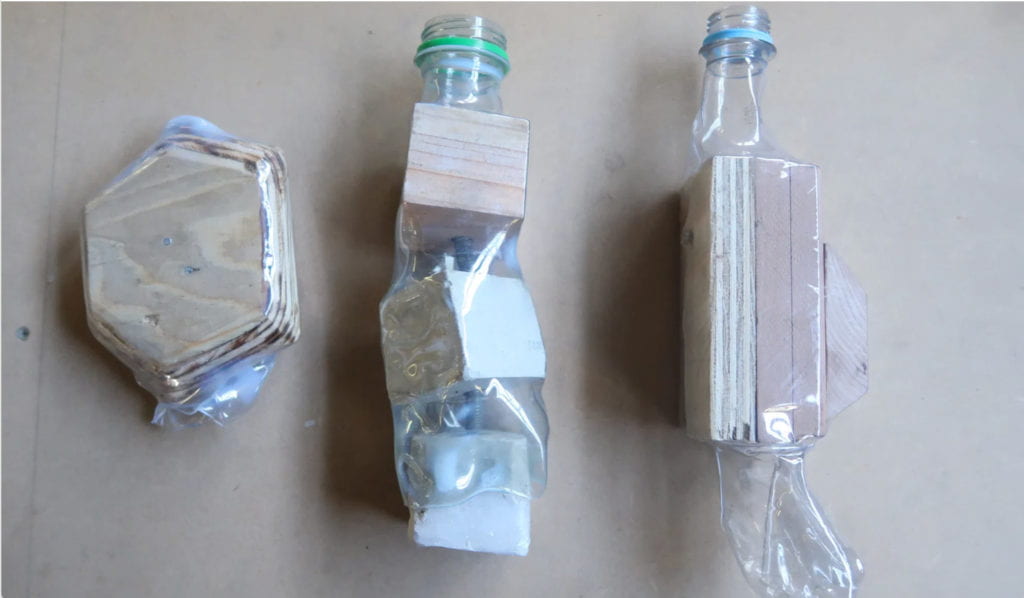In guiding the project we initially sought out to put some guiding constraints. Some of them came from the syllabus itself and were well aligned to our goal of producing a plastic product that has an age well beyond ourselves. This represents our reuse goal for everything synthetic where we try to increasing the age of the product as much as possible.
In thinking about the environment the product is going to be used in the inputs available, we also sought to make the project topical to the NYUAD community. That meant we had to look for the most common public facing plastic product that is thrown away. I had the same approach when building my plastic sculpture so we knew it had utilize 1.5l water bottles in same way. Those plastics are so ubiquitous, they have a dedicated section in the the waster management areas in B2.
So our initial approach was to look at what can be made or ~formed from empty PET bottles. Something that came to mind and quickly excited us was the prospect of using some certain mold and using a heat gun to shape the PET bottle to it.
Task 1: Experiment and study the behavior of water bottles when cast to mold using heat
The next step was thinking about the product itself. We had two running ideas:
- Students are still adamant about drinking from the potable tap water on campus so opt to purchase bottles instead. Part of it is our distance from the impact of our decisions. The water bottles are quickly whisked away never to be seen by us. Its impacts are as distant. So we thought of creating a cast of a water bottle with one changed feature — the lining of the water is made from tiny water bottles themselves. It will be a new product in a sense where the user is challenged from drinking with a bottle made from multiple bottles itself. Our aim in this line of thinking was to close the gap between our ~single water bottle consumption at a given point in time and our ~total usage.
- Our final running idea was much more functional. We know that NYUAD has started handling food waste in some form and started making compost form it. We also know that NYUAD students would very much like to keep plants in their rooms. There seemed to be an opportunity to explore in this field. We explored creation of plastic case planter with soil made from NYUAD waste compost and possibly a self planter given students are not particularly known to good plant caretakers. We’re thinking of experiment with an oven melted plastic cast if we go down this route.
Task 2: Try to cast a pot planter from recycled plastic waste



Leave a Reply